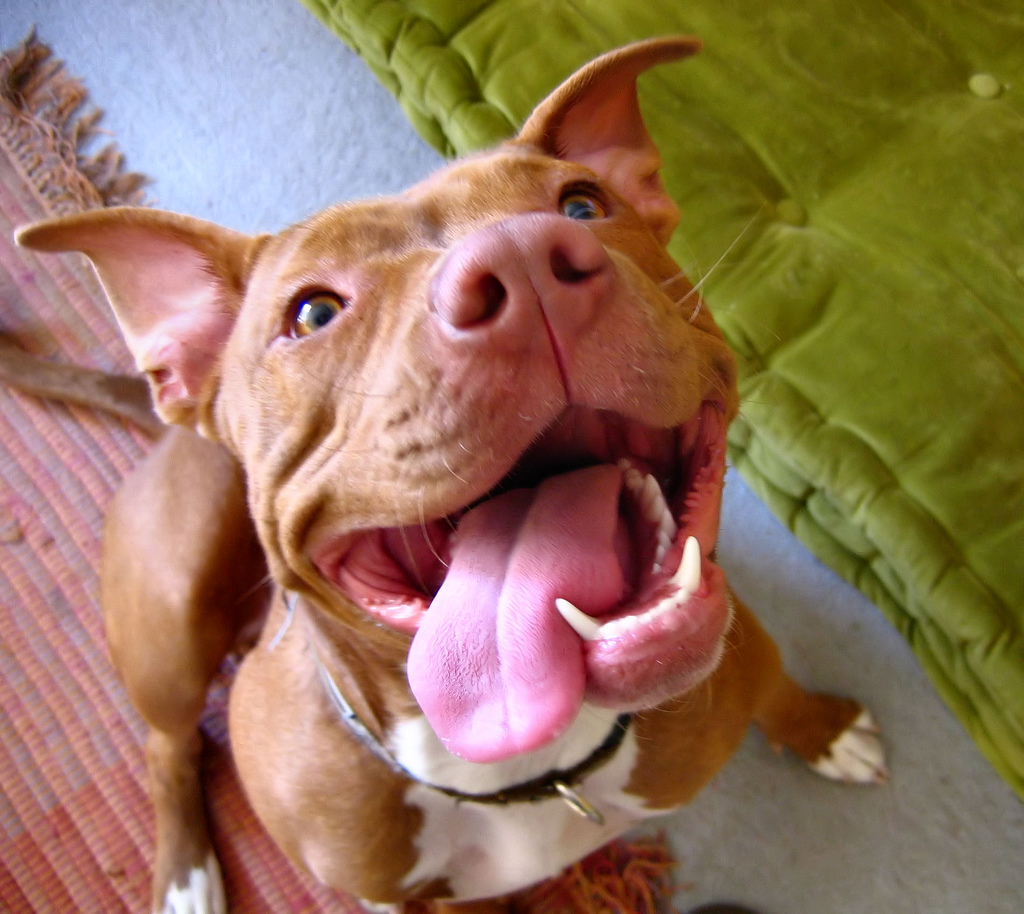 Part of the stress of driving, and an element that can add loads to driving phobia, is dealing with other drivers. How many times have you said to yourself:
Part of the stress of driving, and an element that can add loads to driving phobia, is dealing with other drivers. How many times have you said to yourself:
The road would be an OK place – if only there weren’t other drivers on it.
Issues with other drivers
Issues with other drivers include a slate of bad driving habits as well as personal habits that can interfere with safe and effective driving. These include:
- Red light runners
- Speeders
- Tailgaters
- Those not paying attention to the road because they’re too busy (fill in your activity of choice here). Choices include texting, yakking on their cell phones, eating dinner, applying makeup, shaving their chins, shaving their legs, trying to write a novel.
Mystery of other drivers
Perhaps one of the biggest and most annoying issues dealing with other drivers is trying to figure out their next move so you can safely maneuver your own vehicle. This task can be especially tough since the other drivers may not have a clue what they’re about to do, either.
The other driver mystery is further heightened by one of the most horrible and accident-causing habits on the road: blinker abuse. Blinker abuse encompasses any misuse of the blinker, whether it is left on while a person is merrily putting down the road with no intention of changing lanes or not turned on at all when someone’s about to cut across six lanes of traffic.
Eye contact and facial expressions
Maybe I can just give eye contact or look at a driver’s facial expression to try and figure out what they’re thinking.
Sadly, neither one is likely to work, at least not as a foolproof method. Eye contact is very iffy. For starters, a driver could be looking right at you but still not see you. Eye contact can also be perceived as a threat by those who are suffering from road rage. The Arizona Department of Public Safety goes as far as to put eye contact on its list of things not to do when confronted with an aggressive driver, as it could only serve to enrage the driver further.
Now here’s the real fun question.
How do you know when a driver is enraged?
Remember how looking at a person’s facial expression doesn’t work to let you know what he’s thinking? Well, it may not work to let you know what they’re feeling, either. Despite the longstanding belief that we can easily read emotions by looking at expressions, a recent study published in Science says otherwise.
This particular study used photos of tennis players to test if those looking at the photos could tell if a player was experiencing positive or negative emotion based on facial expression alone. They couldn’t. When people viewed the full photos, with the facial expression coupled with body cues, they could easily tell if a player was elated or angry.
But when researchers removed the body from the photos and had people look at only the face and its expression, people had no clue. Faces expressing a positive state and those expressing a negative state may be identical, with the discerning factors coming from the body language.
This means you may only be able to spot road rage by a scrunched up face and an angry arm hurling something out the car window. But you still won’t know what the driver’s next move may be, although there’s a good chance a good idea would be to get out of his or her way.
SOURCES:







